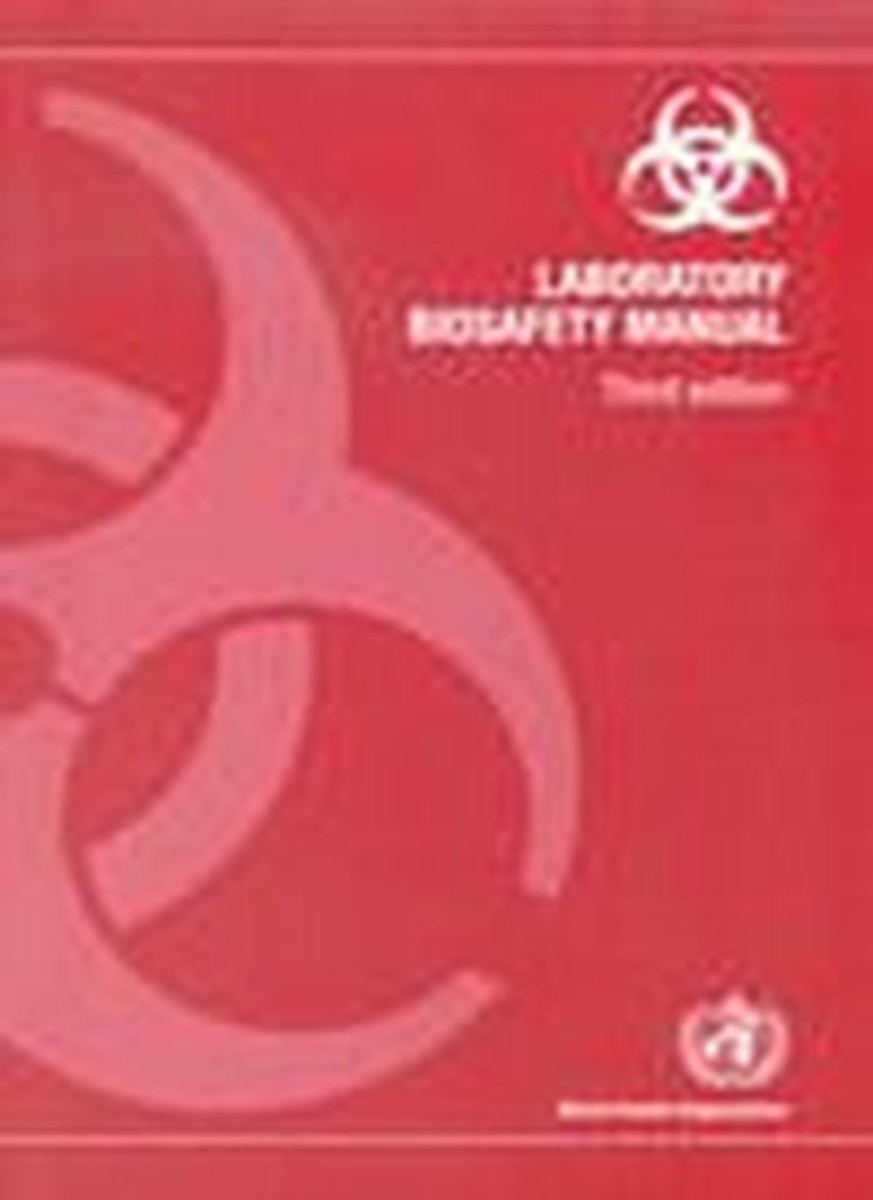Laboratory Biosafety Manual Edition 3
- Publisher
World Health Organization - Published
1st December 2004 - ISBN 9789241546508
- Language English
- Pages 186 pp.
- Size 6" x 9.5"
For more than 20 years, since it was first published in 1983 the Laboratory biosafety manual has provided practical guidance on biosafety techniques for use in laboratories at all levels. Good microbiological technique and appropriate use of biosafety equipment by well-trained staff remain the fundamental elements of laboratory biosafety. However, globalization significant advances in technology the emergence of new diseases and serious threats arising from the deliberate misuse and release of microbiological agents and toxins have necessitated a review of current procedures. For this new edition, therefore the manual has been extensively revised and expanded.
The manual now covers risk assessment and the safe use of recombinant DNA technology and provides guidelines for the commissioning and certification of laboratories. Biosecurity concepts are introduced and the latest international regulations for the transport of infectious substances are reflected. Material on safety in health-care laboratories previously published elsewhere by WHO has also been incorporated.
It is hoped that the manual will continue to encourage countries to implement biological safety programs and national codes of practice for the safe handling of potentially infectious materials.
“Laboratory biosafety manual third edition is a well-written very well organized volume that provides the reader with a clear understanding of biosafety in the laboratory. This manual would be an excellent addition to the laboratory library.”
Canadian Journal of Medical Laboratory Science
World Health Organization
World Health Organization is a Specialized Agency of the United Nations, charged to act as the world's directing and coordinating authority on questions of human health. It is responsible for providing leadership on global health matters, shaping the health research agenda, setting norms and standards, articulating evidence-based policy options, providing technical support to countries, and monitoring and assessing health trends.


